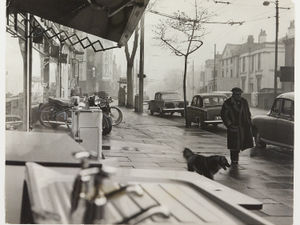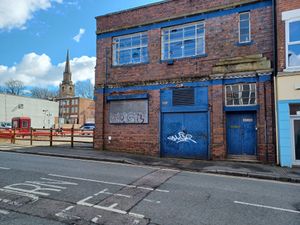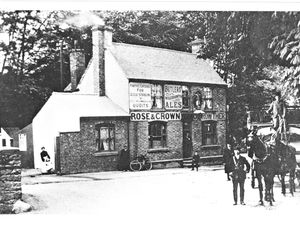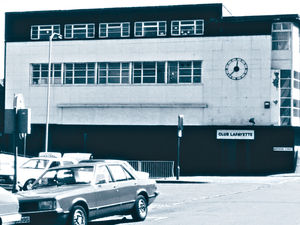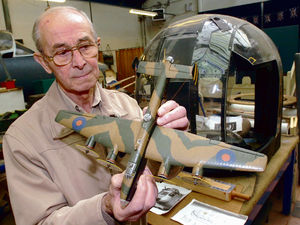How people of Wolverhampton left big impression on grieving Queen Victoria
Not even the towering figures from history are immune from nervousness.
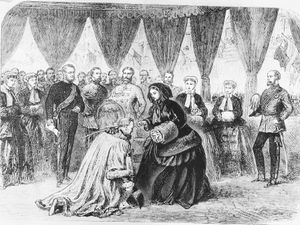
On arrival at Wolverhampton Railway Station at about 10am on November 30, 1866, Queen Victoria – dressed all in black – was filled with trepidation.
"With a sinking heart and trembling knees got out of the train, amidst great cheering, bands playing, troops presenting arms," she later wrote in her diary.
It was the first time Her Majesty had made a public appearance outside the capital in almost five years. The death of her husband Prince Albert in December, 1861, at just 41 years of age, had sent the Queen into a state of deep grief. And now, half a decade on, she made her first tentative steps back into public life to dedicate a statue in her late husband's memory.
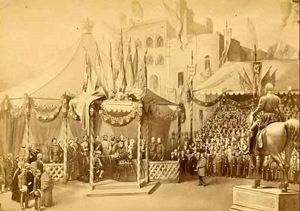
The Queen's visit to Wolverhampton is the subject of a chapter in a new book on the legendary monarch by historian and author Paul Kendall. Queen Victoria: Her Life & Legacy looks at Victoria's role during the sweeping social changes that took place during the 19th century.
And, he says, the visit to Wolverhampton was crucial to the second half of her reign, giving her the confidence to resume public duties.
"After Albert died, there was a period of reflection, and then she was expected to get on with her life," says Mr Kendall, who is better known for his books about the First World War.
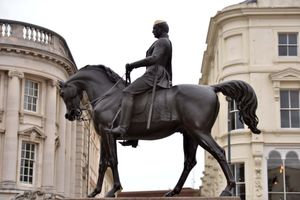
While she was obviously finding this difficult, the response she got from Wulfrunians was something she would treasure for years to come.
"She went through the streets of Wolverhampton, and the people were so friendly, all classes of people were lining the roads, which probably gave her some comfort," adds the author.
It is not known why the Queen chose Wolverhampton for her first visit outside of London, having turned down invitations from Manchester and Liverpool. One theory is that she been left touched after receiving a letter of sympathy from some Wolverhampton widows and vowed to visit if the opportunity ever arose.

As she stepped out of the train, Victoria and her entourage entered awaiting carriages and, escorted by the 8th Hussars, were driven to High Green in the centre of town, close to the market.
Kendall describes how the streets were decorated with arches, flags, flowers, wreaths and inscriptions.
"The Queen was overcome by the warm welcome that she received by the people of Wolverhampton, but overwhelmed by being surrounded by so many people while at the same time feeling solitary.
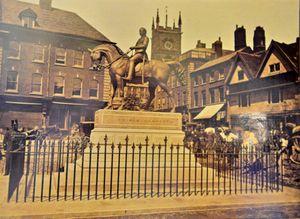
She wrote in her diary: "It seemed so strange being amongst so many, yet so alone, without my beloved husband! I felt much moved, and nearly broke down when I saw the dear name and following inscriptions – 'Honour to the memory of Albert the good,' 'the good Prince'."
In anticipation of inclement weather, the town authorities had erected a covered platform for the Queen. She surprised the town's mayor, John Morris, somewhat by knighting him on the spot, before unveiling the statue.
In a tribute to Albert's Coburg dynasty, a band played the Coburg March as the blanket covering the statue featuring the Prince on horseback was lowered. The statue, by sculptor Thomas Thornycroft, was the second of three equestrian-related monuments to Albert. Two years earlier, he had produced one for Halifax, and in 1868 he made one for Liverpool.
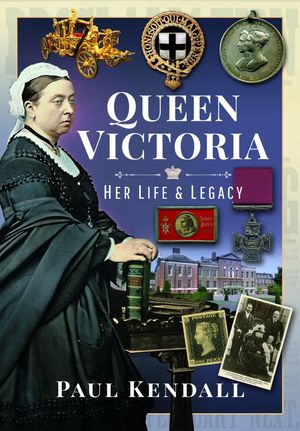
After the ceremony at High Green – now renamed Queen Square – had been completed, Victoria returned to her carriage for the journey back to the station. The 30-minute return journey took a different route through some of the most impoverished districts of the town, where she came face-to-face with the locals.
"We drove back through quite another, and the poorest, part of the town … There was not a house that had not got his little decoration," she wrote.
"And though we passed through some of the wretched-looking slums, where the people were in tatters, and many very Irish-looking, they were most loyal and demonstrative. There was not one unkind look or dissatisfied expression; everyone, without exception, being kind and friendly.
"Great as the enthusiasm used always to be where ever Albert and I appeared, there was something peculiar and touching in the joy and even emotion with which the people greeted their poor widowed Queen!"
It is the second book Mr Kendall has written about the royal family, having produced one about Henry VIII four years ago. The London-born accountant, who now lives in Folkestone, says he finds Victoria's story particularly interesting due to the young age at which authority was bestowed on her.
"She was never expected to be Queen, there were five other people before her in line to the succession," says Mr Kendall.
"She was only 18 years of age when she found out, she was woken early in the morning to be told her uncle, William IV had died, and that she was now Queen."
He points out that early in her reign, senior members of her household and parliament tried to use her inexperience to bolster their own positions, but after a shaky start she quickly learned not to be intimidated.
"She stood her ground, and gained their respect," he says.
Today, the statue of Prince Albert is one of Wolverhampton's best-known landmarks, and still stands in Queen Square – although it has been moved about several times over the years.

